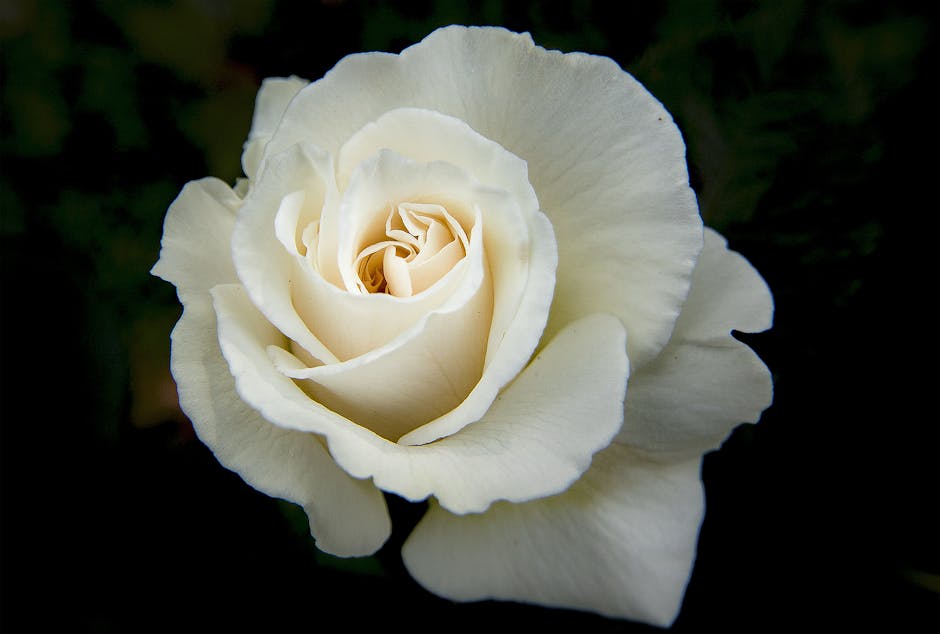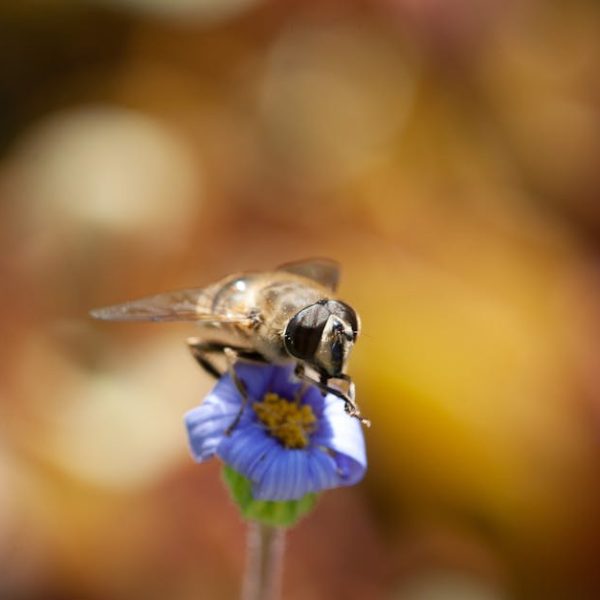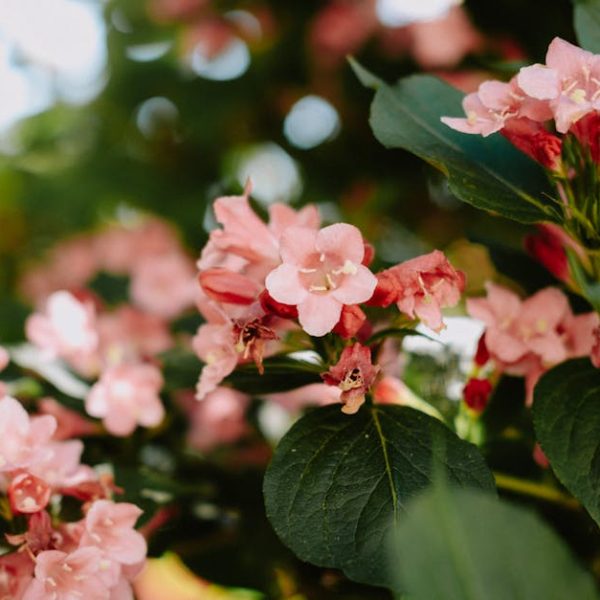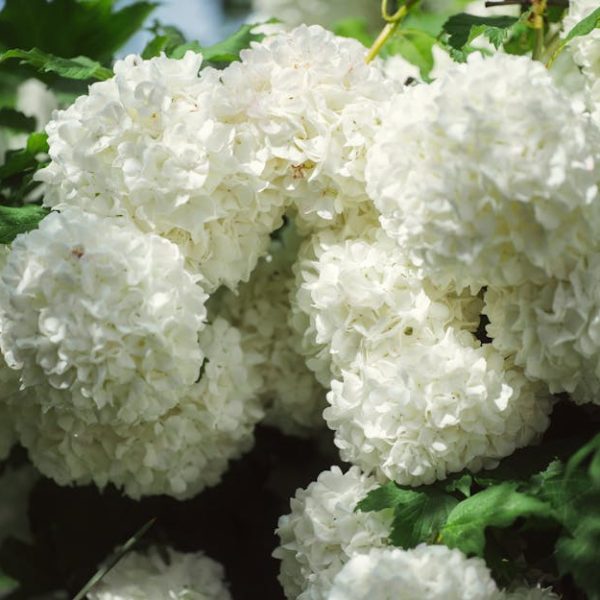Gorgeous and vibrant, trailing roses are a magnificent addition to any garden setup, promising a dramatic transformation of any yard. With the right placement, these captivating sprawlers can elevate aesthetic appeal and infuse a unique charm to external living spaces. This article aims to highlight seven distinct trailing rose varieties that can work wonders in redefining and enhancing the look of your yard.
Understanding Trailing Roses
The historic cultivation of roses spans thousands of years, with their awe-striking beauty and intoxicating fragrance captivating humanity. Among them, trailing roses bring a unique aspect to this collection with their distinctive spreading habit. These roses offer a graceful draping effect, often spreading far beyond the reach of standard rose bushes, as they can stretch up to 15 feet or more. Their versatile nature in terms of the multitude of colors – from vibrant reds to subtle whites – and the distinct, tantalizing fragrance they release make them all the more desirable.
When hunting for trailing roses in nurseries or your local garden store, look for:
- Healthy, vibrant foliage: The leaves should be vibrant and free from signs of disease or insect damage.
- Strong, sturdy canes: Avoid wilting or browning canes which might indicate stress.
- Clean, well-tended pots: Overgrown roots escaping the pot or mossy pots can be signs of an unhealthy plant.
Benefits of Using Trailing Roses in Your Garden
Adding trailing roses to your yard is not solely about beautifying the space. These stunning blooms can attract pollinators like bees and butterflies, contributing to local biodiversity. Given their long strands, trailing roses are perfect contenders for creating vertical gardens, offering a spectacular sight to behold.
Although aesthetically appealing, one must not neglect the specific care and maintenance these plants require. Unlike some types of garden plants, trailing roses might demand your attention and diligence. For instance, they thrive better in well-drained soil and need regular pruning. However, with a basic understanding of their needs, nurturing these beauties can be a rewarding gardening experience.
Here are few best practices for growing trailing roses:
- Always plant in well-drained soil.
- Choose sunlit spots, as trailing roses enjoy plenty of sun.
- Regularly prune to maintain shape and promote better flower production.
- Ensure disease and pest control measures to keep your roses flourishing.
Top 7 Trailing Rose Varieties for Your Yard
Ready to transform your yard with trailing roses? Here’s an insight into seven varieties that are sure to add charm to your outdoor space. Each of these roses carries distinctive features in terms of colors, bloom sizes and time, fragrance levels, and resistance to diseases.
- ‘Sea Foam’: Known for its disease-resistant properties, Sea Foam blooms with clusters of creamy white flowers.
- ‘Zephirine Drouhin’: A thornless variety with vibrant pink flowers offering a strong, delightful fragrance.
- ‘Cecile Brunner’: A prolific bloomer with delicate, light pink roses emitting a mild, pleasant scent.
- ‘Lavender Lassie’: Stands out with its large lavender roses that produce a medium to strong perfume.
- ‘Albertine’: This rose variety blooms just once a year, but its roses’ intoxicating fragrance and appealing salmon-pink color make it worth the wait.
- ‘Golden Showers’: A hardy trail rose variety that boasts cheerful yellow blooms.
- ‘Rambling Rector’: Offers clusters of small, semi-double, white flowers with a compelling musk fragrance.
Next, let’s explore how to plant and care for your chosen trailing roses.
Planting and Caring for Trailing Roses
Despite their extraordinary beauty, trailing roses do need a bit of care and attention. However, nothing that a gardener, whether beginner or experienced, cannot handle. From the appropriate planting conditions to proper positioning, pruning, and health maintenance, let’s dive into the essentials of caring for your trailing roses.
Prepare your soil with composted well-rotted manure or garden compost. Position your roses in a sunny spot with good air circulation to avoid disease, and ensure the soil drains well. Water them moderately, ensuring they do not become waterlogged. Remember, roses prefer consistency in watering – the soil should neither be too dry nor too soaked.
When planting, ensure the rose is at the same level in the soil as in its pot. For the first year, prune only the weak and dead wood to ensure the plant focuses on establishing its roots. From the second year onwards, you may do the regular pruning.
Here’s a handy checklist for planting and caring for your trailing roses:
- Choose a sunny spot for planting.
- Ensure the planting site has well-drained soil.
- Mix in composted well-rotted manure or garden compost.
- Water adequately and consistently.
- Prune weak and dead wood in the first year and do regular pruning from the second year.
Pro Tip: Watch out for diseases such as black spot, rust, and mildew. Regularly check your plants for pests. If you see any signs of these problems, treat immediately with a suitable fungicide or insecticide.
Design Ideas with Trailing Roses for Your Yard
Your choice of trailing roses can work magic in creating distinctive aesthetics for your yard, whether it is small or large, flat or sloped. Here, we provide some inventive ideas to spark creativity in your garden design.
Consider leveraging the natural drape of trailing roses to create breathtaking borders along walkways or patios. They can be grown over arbors and trellises, providing a colorful canopy over garden paths, or creating enchanting secret garden nooks. For a more free-spirited garden look, let them ramble over old tree stumps or along fence lines. If you have unsightly elements in your garden, these roses are excellent at disguising them!
Here are a few combinations to consider for your trailing roses:
-Pairing pink roses like ‘Zephirine Drouhin’ or ‘Cecile Brunner’ with lavender or catmint can create a lovely cool-colored scheme.
-The bright, cheerful yellow of ‘Golden Showers’ is complemented beautifully by blue or purple flowering companions like delphiniums or irises.
Remember, when using trailing roses in your design:
- Acknowledge their spreading nature and leave enough space for them to grow.
- Use sturdy structures to support them where needed.
- Balance their exuberant growth habit with more restrained plant companions.
- Maintain regular pruning to hold an aesthetically pleasing shape.
With these insights, you are now well-equipped to harness trailing roses’ power, unique features, and exceptional beauty to transform a mundane yard into a bewitching garden paradise!
Key Takeaway:
- Trailing roses have historical cultivation and are unique due to their spreading habit and variety of colors.
- They offer several benefits, including aesthetics, biodiversity, the creation of vertical gardens, and beautification.
- Trailing roses require particular care and maintenance, such as planting in well-drained soil, positioning under sunlight, regular pruning, and disease and pest control.
- Seven distinct varieties of trailing roses can dramatically transform yards.
- They require specific planting conditions, positioning, pruning, and health maintenance.
- Incorporating trailing roses in your yard’s design enhances its aesthetic appeal, hides unwanted spaces, and adds splendid biodiversity.
Use these insights to beautify your yard with the unique charm of trailing roses. While they may require adequate care and attention, the result of a transformed, vibrant garden far outweighs the effort involved. Turn your garden into a captivating outdoor living space, reaping the benefits of trailing roses’ aesthetics and biodiversity.
FAQs
Q: What do I need to consider while purchasing trailing roses from a nursery or local garden store?
A: When selecting trailing roses, look for plants with healthy, vibrant foliage free of disease or insect damage, strong and sturdy canes, and clean, well-tended pots.
Q: What type of soil is best suited for growing trailing roses?
A: Trailing roses thrive in well-drained soil. It is also beneficial to mix in composted well-rotted manure or garden compost to enrich the soil.
Q: What are some common diseases and pests that can affect trailing roses?
A: Common diseases include black spot, rust, and mildew. Regularly checking your plants for pests is also essential. Treat any signs of these problems immediately with a suitable fungicide or insecticide.
Q: Can trailing roses grow in shaded areas?
A: Trailing roses prefer spots with plenty of sun. While they may tolerate some shade, for the best growth and flower production, ensure they receive ample sunlight.
Q: How can trailing roses be incorporated into yard design?
A: Trailing roses can be used to create breathtaking borders, color canopies over garden paths, disguise unsightly elements, or freely ramble over old tree stumps or fences.
Explore more informative articles on enhancing your outdoor living spaces on our website, and feel free to share our posts with fellow gardening enthusiasts!






